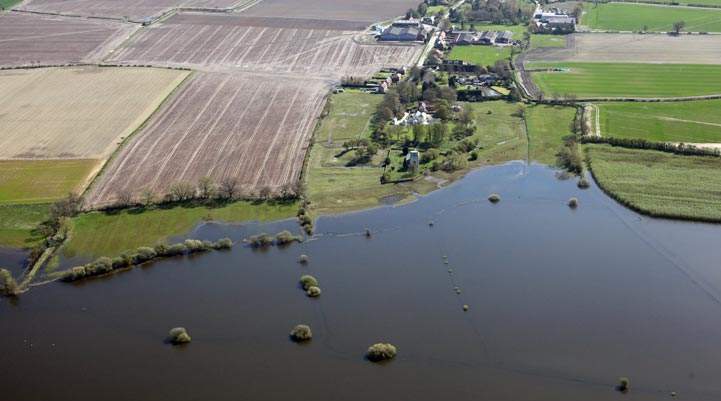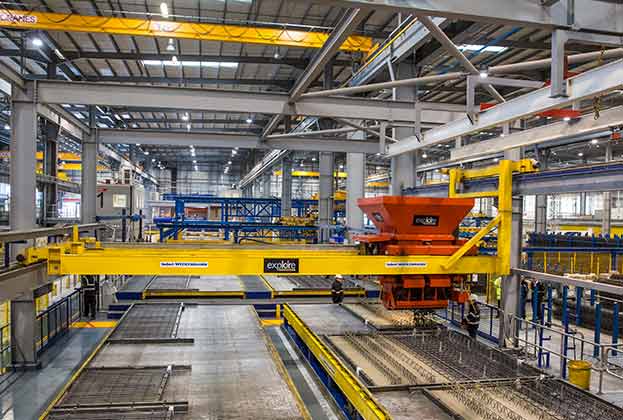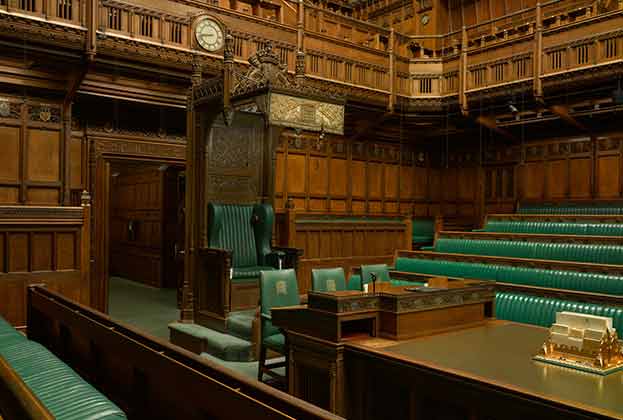Climate change, sustainability, plus the future of the high street and transport, will all affect how and where we build residential developments in the future
Before the end of her tenure as prime minister, Theresa May announced a commitment for the UK to become carbon neutral by 2050. Some local authorities have already declared more ambitious targets; Bristol Council announced in November 2018 that the city aims to be carbon neutral by 2030, which will be reflected in its new local plan. Although there is little detail around how this will be achieved, it could require developers to adopt higher eco build standards, deliver an increased level of onsite renewable energy generation and offset the carbon emissions generated in the construction process.
Some 20% to 30% less energy is required to heat homes built using MMC compared with traditionally built new homes
Savills Research
Catalysts for change
This could prove to be a catalyst for more widespread use of Modern Methods of Construction (MMC). According to the Parliamentary Housing Select Committee, half the total waste produced in the UK comes from construction, with around 20% of construction materials wasted. But in offsite construction, factories can be optimised to minimise material waste to below 1% of the total. MMC can also help properties meet carbon emission targets. Keepmoat Homes has reported that 20% to 30% less energy is required to heat MMC homes in comparison with traditionally built new homes.
The carbon-neutral agenda could also disrupt current thinking around where to locate future residential development. Transport was the largest emitting sector of greenhouse gases in the UK in 2017, and 56% of all transport emissions were from private car use. If the UK is aiming to be carbon neutral, will local authorities be required to give greater preference to densifying urban centre sites, or consider releasing greenbelt land close to existing settlements to minimise commute times?
In the longer term, environmental and climate change will also affect how we plan for new homes. The ONS 2018 Climate Projections show an increased chance of milder, wetter winters and hotter summers, along with an increase in the frequency and intensity of extremes. Sea levels are also projected to rise across the UK, although the impact will be varied. The greatest impact will be in the south, with London projected to see sea level rises under a high emissions scenario of 0.5 to 1.15 metres by the end of the 21st century. The 2018 Climate Change Risk Assessment identifies flooding as the greatest environmental risk to the built environment, encompassing risk from fluvial, coastal, groundwater and surface water flooding.

Flooding is widely considered as the greatest environmental risk to the built environment
Assessing the risks
The impact could be to alter perceptions of where it is suitable to develop. More than one in 10 of the new homes built in England in 2016–17 were in areas the Environment Agency deems at risk of flooding. The Agency projects that climate change and population growth will cause the number of properties built on flood plains to double over the next 50 years, but this could be limited by greater restrictions on development. The Department for Environment, Food & Rural Affairs’ National Adaptation Programme proposes that decisions on land use, including development, should reflect current and future levels of flood risk.
An awareness of climate risk is already influencing the commercial property sector. In July 2019, ratings agency Moody’s bought Four Twenty Seven, a firm that analyses physical climate change, and has assessed the risk for more than 300 real estate investment trusts. A September 2019 report from the UN-supported Principles for Responsible Investment, predicts a real estate market response by 2025 that will be forceful, abrupt and disorderly.
As institutional investment becomes an increasing part of the residential sector, the resilience of new development will grow in importance, as investors seek to ensure their assets will perform, even during extreme weather events driven by climate change.
FRESH OPPORTUNITIES
Disruption in other sectors is presenting opportunities for residential development. The growth in online retail has resulted in significant volumes of vacant retail space. Savills estimates that the retail sector will be over-spaced by 35% in the next 10 years. [See Re:imagining Retail, 2019]. This could be a chance to intensify or repurpose to residential.
However, fragmented ownership remains a problem, particularly in areas of marginalised high street. The greatest opportunities are likely to arise from partnerships with local authorities, using vacant retail space as part of wider regeneration.
Similarly, transport disruption will create new opportunities in designing residential development. Car ownership levels are declining, but analysis by the Organisation for Economic Cooperation and Development shows that if we shift to using fleets of shared autonomous vehicles, the need for on-street parking will be largely eliminated. This will release city space for potential redevelopment. It also poses a challenge for developers, to design garages that will serve the existing short-term need but can be converted for new purposes in the future.
Read the articles within Spotlight: Disruption in development below.
.jpg)


